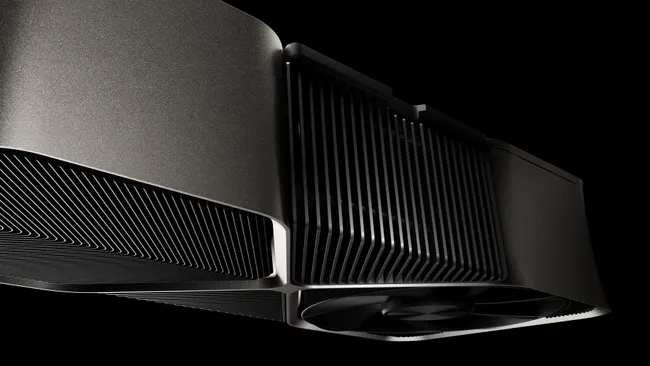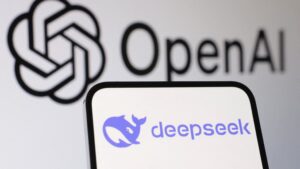Nvidia Responds to AMD DeepSeek AI Benchmarks, Asserts RTX 4090 is Nearly 50% Faster than 7900 XTX

Nvidia vs. AMD: A Look at Recent GPU Benchmark Claims
The ongoing competition between Nvidia and AMD has taken another turn as Nvidia challenges AMD’s recent benchmarks showcasing the Radeon RX 7900 XTX. Following AMD’s claims that its latest graphics cards outperformed Nvidia’s offerings in various tests, Nvidia has asserted that its RTX 5090 and RTX 4090 GPUs provide a notable performance advantage.
Nvidia’s Bold Claims
In a recent blog post, Nvidia asserted that the RTX 5090 is up to 2.2 times faster than AMD’s RX 7900 XTX. To support this claim, Nvidia conducted benchmarks on three versions of the DeepSeek R1 AI model: Distill Qwen 7b, Llama 8b, and Qwen 32b. The results, according to Nvidia, show:
Qwen 32b:
- RTX 5090: 124% faster than RX 7900 XTX
- RTX 4090: 47% faster than RX 7900 XTX
Llama 8b:
- RTX 5090: 106% faster than RX 7900 XTX
- RTX 4090: 47% faster than RX 7900 XTX
- Qwen 7b:
- RTX 5090: 103% faster than RX 7900 XTX
- RTX 4090: 46% faster than RX 7900 XTX
These statistics suggest that Nvidia’s latest offerings may offer superior performance in AI-based applications compared to AMD’s flagship graphics card.
AMD’s Performance Landscape
On the other side, AMD had previously highlighted benchmarks indicating that the RX 7900 XTX outperformed both Nvidia’s RTX 4090 and RTX 4080 in most scenarios. According to AMD’s data:
- RX 7900 XTX was up to 113% faster than RTX 4090.
- RX 7900 XTX was 134% faster than RTX 4080 in certain tasks.
This creates a significant contradiction between the two companies’ results, raising questions about the accuracy and conditions under which these benchmarks were conducted.
The Benchmarking Dilemma
The contrasting performance data made available by both companies serves as a reminder of the skepticism often warranted in the tech industry. Reports from manufacturers may be geared toward marketing rather than providing an objective performance comparison. Different configurations, software versions, and testing methods can all affect benchmark results, leading to divergent outcomes.
DeepSeek R1: A Game Changer
The DeepSeek R1 model plays a crucial role in this scenario. This new AI model has gained attention in the industry for its ability to deliver top-tier performance while consuming 11 times less computing power than traditional models. The impact of DeepSeek has been substantial, even contributing to Nvidia’s market capital loss of nearly $600 billion in a single day, indicating how critical AI advancements are to technology companies.
A Continuous Battle
As both Nvidia and AMD continue to push the boundaries of GPU technology, the stakes remain high. With competition driving advancements in performance and efficiency, consumers can expect ongoing developments and shifts in the market landscape.
For those considering a new graphics card, the choice between Nvidia and AMD will likely involve weighing the most recent benchmarks, reviews, and personal use cases. Whether gamers or professionals rely heavily on AI or gaming performance will also influence which brand will better meet their needs.
In this high-stakes environment, staying updated on the latest information is essential, as each company strives to claim its spot at the top of the graphics card hierarchy.






